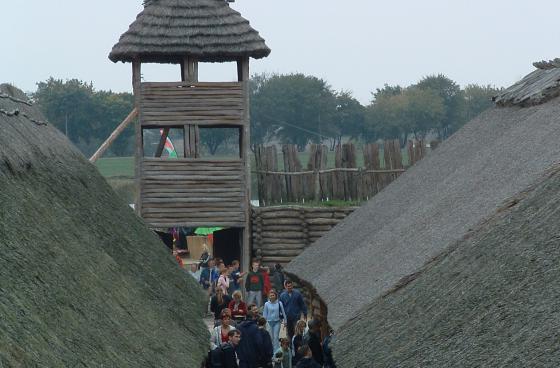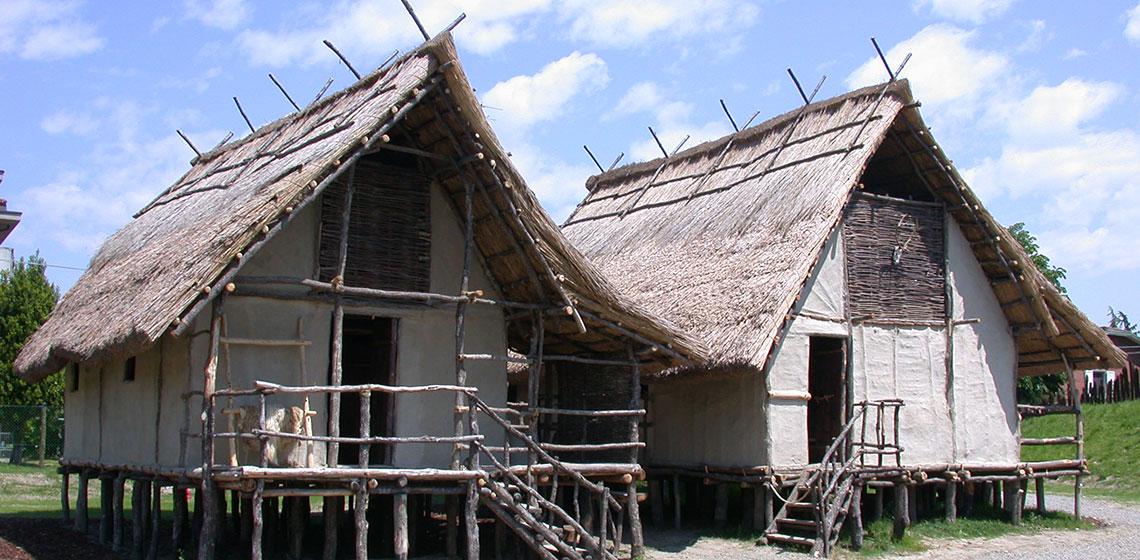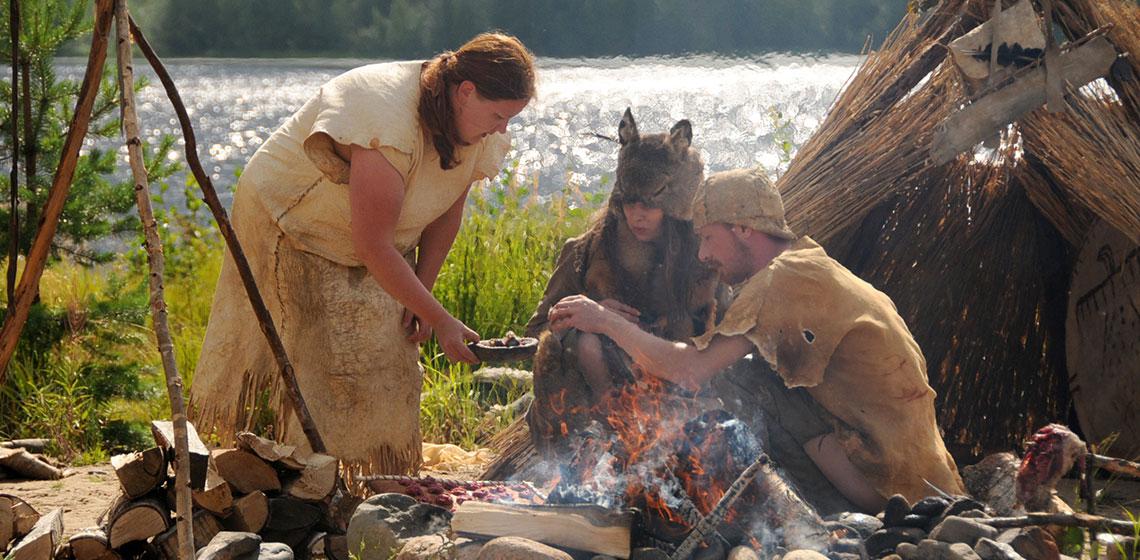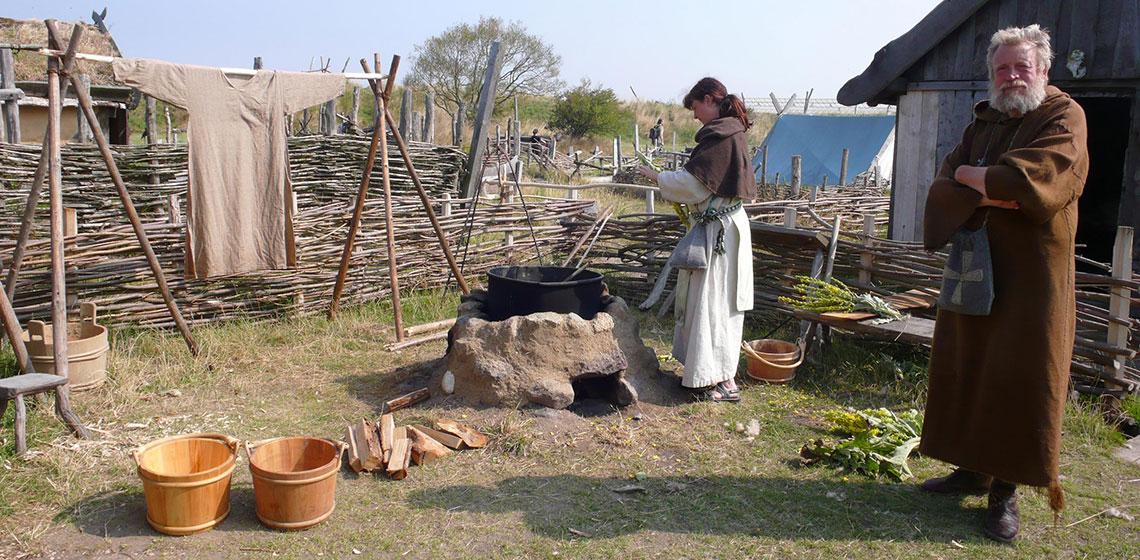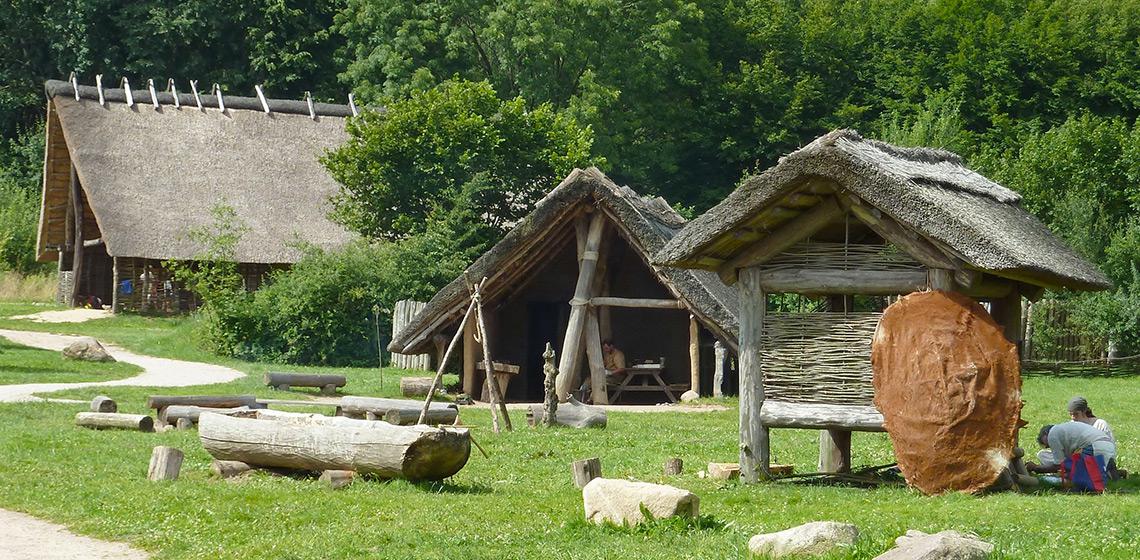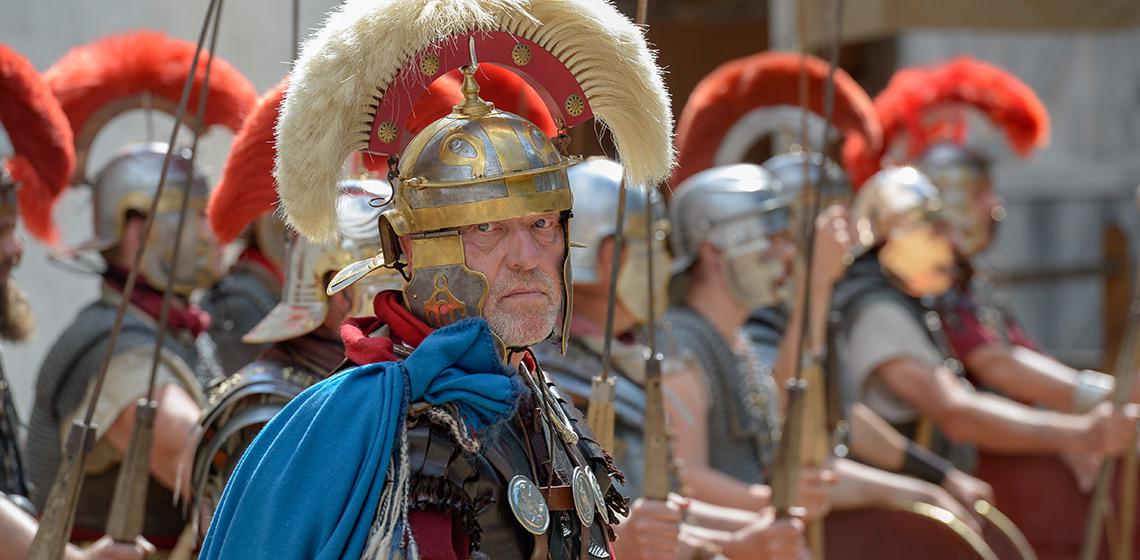OpenArch
Parco Archeologico e Museo all’Aperto della Terramara di Montale (IT)
The terramara of Montale, near Modena in Northern Italy, is a typical Bronze Age settlement with pile dwellings surrounded by a ditch with water and imposing earthwork fortifications.
Next to the site is an Open-Air Museum with life-size reconstructions of two houses furnished with replicas of the original finds dating back 3500 years.
The terramara of Montale is a typical Bronze Age settlement with pile dwellings surrounded by a ditch with water and imposing earthwork fortifications. Next to the site is an Open-Air Museum with life-size reconstructions of...
Amgueddfa Cymru – St Fagans National History Museum (UK)
Located in the suburb of St Fagans to the North West of Cardiff, the museum was created in 1946 in the grounds of St Fagans Castle at an area of 100 hectares. Besides dozens of ethnographic (original) buildings, moved to the site, the museum has a reconstructed manor house in Elizabethan style and three Iron Age like roundhouses. St Fagans is one of Europe's leading open-air museums and has been voted the UK’s favourite tourist attraction.
Located to the northwest of Cardiff, the museum was created in 1946 in the grounds of St Fagans Castle. It features dozens of reconstructed buildings, brought from across Wales, and three Iron Age roundhouses based on...
Kierikkikeskus / Kierikki Stone Age Centre (FI)
Kierikki Stone Age Centre is the biggest Stone Age Centre in Finland. It is located 55 kilometres NE from Oulu, the biggest city in Northern Finland, on the banks of the Iijoki river.
The archaeological exhibition at the Kierikki Stone Age Centre displays objects from the Stone Age. In addition, activity programs in the reconstructed Stone Age Village offer a unique opportunity to experience life as it was lived thousands of years ago...
Fotevikens Vikingamuseum (SE)
25 km south of Malmö, Sweden, you will find the Archaeological Open-Air Museum of Foteviken. Inside a city wall open toward the sea, the world’s only attempt to recreate an entire Viking Age town shows a number of streets with 23 houses and homesteads, reflecting life in a late Viking Age and early Middle Age town in 1134 AD.
25 km south of Malmö, Sweden, you will find the Archaeological Open-Air Museum of Foteviken. Inside a city wall open toward the sea, the world’s only attempt to recreate an entire Viking Age town shows a number of streets with 23 houses and homesteads...
Steinzeitpark Dithmarschen (DE)
The “Stone Age Park Dithmarschen” in Albersdorf (Schleswig-Holstein, Germany) is being reconstructed as a Neolithic cultural landscape from ca. 3.000 BC. Lying close to megalithic tombs and grave mounds dating from the first farmers in Northern Germany, the site offers educational activities like flint knapping, archery and leatherwork.
It has been reconstructed as a Neolithic cultural landscape from ca. 3.000 BC. Lying close to megalithic tombs and grave mounds dating from the first farmers in Northern Germany, the site offers educational activities like flint knapping...
Work Plans work
The eleven partners of OpenArch have been really busy with making their work plans. These include how each subject will be dealt with in the 5 years to come, with an exact calendar and list of outcomes. Several partners decided that in order to learn to know each other better and to get the work done more easily, they needed to meet in person. Our Welsh partner for example went to Sweden for that. The work plans have taken different shapes, and are for example about the dialogue of crafts or about experimental archaeology. Until October they will be developed such that all partners will be able to recognize themselves in them.
Introduction to the Agency in Brussels
By the end of March, the Management Team of OpenArch had a pleasant meeting in Brussels with the representative of the Agency (EACEA). She handles about 50 projects simultaneously but was very interested in OpenArch and the results of our kick off meeting. Later that afternoon, the Management Team moved to the delegation office of the Catalan government in Brussels who gently hosted us. The MT set up a Skype conference with the partners where we told them about the visit to the agency, about the management software for the project and about progress regarding our work plans. For a first Skype meeting, things were not that bad.
La Ciutadella Ibérica de Calafell (ES)
The Iberian Citadel of Calafell is a centre of experimental archaeology, an archaeological open-air museum where visitors can see what life was like in the Iron Age 2,500 years ago. It is the first archaeological site in the Iberian Peninsula to have been reconstructed by using experimental archaeological techniques.
The Iberian Citadel of Calafell is a centre of experimental archaeology, an archaeological open-air museum where visitors can see what life was like in the Iron Age 2,500 years ago. It is the first archaeological site in the Iberian Peninsula to have been reconstructed by...
Archeon (NL)
After 15 years of preparation, 1994 the first Dutch archaeological theme park opened in Alphen aan den Rijn, not far from The Hague, Utrecht and Amsterdam, an area which houses 6 million inhabitants. Archeon covers 10,000 years of human development in the Netherlands. From hunter-gatherers in the Stone Age and farmers in the Bronze and Iron Ages, through the Roman period and right up to everyday life in 1340 AD, “Archaeo-interpreters” show what life was like in “their time” in the 43 reconstructed buildings
Founded in 1994, Archeon covers 10,000 years of human development in the Netherlands. From hunter-gatherers in the Stone Age and farmers in the Bronze and Iron Ages, through the Roman period and right up to everyday life in 1340 AD, “Archaeo-interpreters” show what life was...

